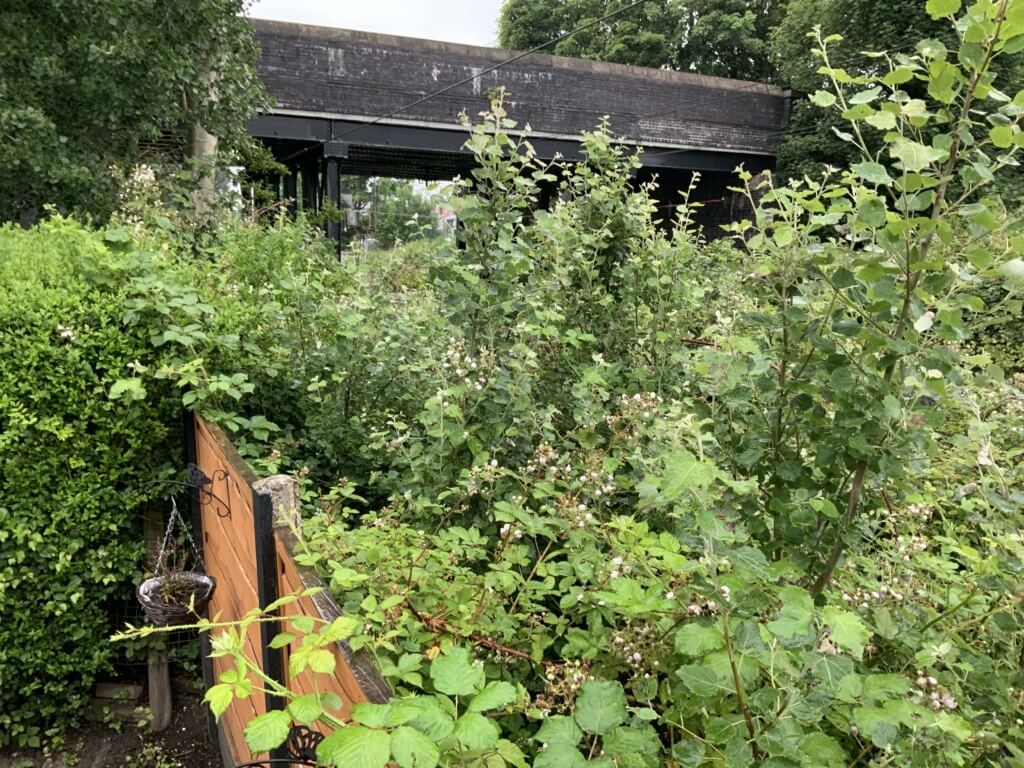Japanese knotweed devalues homeowners’ most valuable asset by an average of 10% in the UK. With 1 in 20 properties affected by this invasive weed, it has become a major issue! Read more about the law society guidelines…
Japanese knotweed devalues homeowners’ most valuable asset by an average of 10% in the UK. With 1 in 20 properties affected by this invasive weed, it has become a major issue! Read more about the law society guidelines…

Currently, when selling a property, you need to fill out a TA6 form. Previously the guidance regarding the completion of this form stated, “The seller should state whether the property is affected by Japanese knotweed.”
The new guidance is issued by the Law Society. In response to recommendations from the House of Commons, Select Committee on Japanese knotweed, now states; “The seller should state whether the property is affected by Japanese knotweed. If you are unsure that Japanese knotweed exists above or below ground , please indicate this as ‘not known’. The guidance then goes on to state, very importantly, “If you choose no as an answer the seller must be certain that no rhizome (root) is present in the ground of the property. Or within three metres of the property boundary even if there are no visible signs above ground.”
This is a major change and we feel that this is an ideal response to the increased litigation we have seen against homeowners who stated that there was no Japanese knotweed on their properties and then, subsequently, Japanese knotweed has been found after the purchase of the property. The underlying recommendation would be to appoint an expert to survey the garden and the neighbouring gardens to ensure there is no risk of encroachment by Japanese knotweed. By doing this the seller has completely fulfilled his requirements and will be able to fill out the TA6 form with no fear of being sued in the future.
We at Japanese Knotweed Expert can carry out surveys within two working days. Which, ensures that the sale of a property will go through smoothly, with no delay caused by Japanese knotweed.

